In the past decade there has been a huge increase in the level of corporate involvement in skateboarding, and we may be returning to a form of skateboarding that Steve Rocco, Mike Vallely, Mark Gonzales, and others desperately tried to escape in the early 1990’s.
New members within the skate community, like Eric Wiseman, Phil Knight, Herbert Hainer, the Maloofs, Gary Ream, William Sweedler, Neil Cole, and Andrew Kline, are all challenging what it means to be a skateboarder and how we skateboard. These men (that have probably never stepped foot on a skateboard) run or are the money behind VF Corp [Vans], Nike, Adidas, Maloof Money Cup, Woodward, Sequential Brands [DVS], Iconix [Zoo York], and Park Lane Sports Investment Banking [Street League]. Through their economic capital, and power outside of skateboarding they have been able to force their way into powerful positions within skateboarding and are able to directly profit off of our activity. Should we care if non-skaters are allowed to hold powerful positions in our culture? Should we care if skaters associate with these people and buy their products? Will it change how we skateboard, how we view ourselves, and how we view the world?
Of course! As skateboarders we all share social space and none of us exist in a vacuum (in some way all of our actions affect the skate culture as a whole and every skater within it). Within this social space our collective actions have produced and emphasized how important creativity, autonomy, cooperation, and fun are within skateboarding. These values make up the dominant ideology within skateboarding, which shapes our identities, how we view the world and how we act within it. But as more and more corporations enter the activity, they are challenging and attempting to shift the dominant ideology and performance of skateboarding into something that allows them to rationally fulfill their sole purpose: the pursuit of profit. If they are successful it may not change the ideology or performance of skaters like myself that have been involved in the activity for many years, but it will change the ideology, the space, and economics of skateboarding for younger skaters, and alienate older skaters from a social world they helped create and maintain until it was invaded by and sold to outsiders.
Many of these outsiders are attempting to run skateboarding with the same principles that drive many modern corporations, which are completely incompatible with street-skating as we know it. As George Ritzer points out in The McDonaldization of Society, businesses attempt to operate in an extremely efficient fashion. They focus on making everything quantifiable (skatemetrics) rather than focusing on creating subjective quality (“best” video part), they want everything to be predictable (i.e. standardized, the same experience every time), and they want all aspects of a business or activity to be easily controlled, basically the antithesis of what skateboarding is today. As the corporation’s values become more and more apart of skateboarding and influence the ideologies of individual skaters, the greater the potential that our activity will fundamentally change. Skateboarding won’t be like the activity we all know today, instead it will have an ideology and a performance similar to that of football, or, as Rob Dyrdek is praying for, the UFC.
If corporations continue to gain influence within our culture the dominant form of skateboarding may move from the streets, where it is difficult to control or directly profit off of, into the contained space of the park. Additionally the skate video may also fall to the wayside. Why spend the money to send a skate team to Barcelona for three weeks to film ten tricks, when you can fly one skater to Gilbert, AZ for a couple of days and have your logo seen throughout the world on ESPN?
Instead of inefficiently, creatively, and collaboratively creating skate videos, skaters will efficiently and competitively enter into the highly predictable, standardized, quantifiable, and controllable world of mega-contests. In this social-world, there is no time for a skater to push himself spending hours trying to land a trick, because it is inefficient. There is little room for creativity (i.e. no backside 50-50 finger-flip) because, “it isn’t good strategy.” And there is no reason to seek out new skate spots as it more efficient for all skate contests to take place in the same stylized spaces. Whether you are in Gilbert or Toronto you can watch Chaz Ortiz jump down the exact same 10 stair. If corporate skating begins to dominate there will be little room left for the skating that Louie Barletta, Chris “Mango” Milic, or Jeff Stevens do, there will only be room for the (amazing, but) standardized and predictable skating of Greg Lutzka, Ryan Sheckler, and Nyjah Houston.
”Skateboarding is separating into two poles: one where a few businesses and a very small group of skaters are making lots of money, while everyone else is fucked.”
A strong corporate presence within our culture will change the economics of skateboarding. As we have seen in the past seven years, Nike and Adidas’s presence has escalated the number of skater owned skate shoe companies that have gone out of business, which limits the ability of skaters to influence skateboarding. Skater owned companies are in dire economic situations, not because of natural fluctuations within the skateboard market, but because of the imbalance of economic power within skateboarding that is evident in a post-Consolidunk era.
The entrance of Nike, Adidas, and other mega-corporations, has created a situation similar to what many popular but small coffee shops faced when dealing with Starbucks. Starbucks would open across the street from a local coffee shop, and even if the local coffee shop was doing well prior to Starbucks entrance, the small shops couldn’t afford to operate in such close proximity to a Starbucks “Café,” which could afford to run at a loss, dump huge amounts of money into advertisements and promotions, and do huge amounts of market research on potential customers because of its deep pockets. Eventually the small café would go under, which allowed Starbucks to dominate the local market, not because their product was superior, but because of their economic might (see Naomi Klien’s book No Logo and Ocean Howell’s “Extreme Market Research”).
Corporations are also changing the idea of what skaters think they deserve to be paid, how much profit companies… err shareholders should expect to profit off them, and how little corporations need to invest into the culture as a whole. It has become “common sense” that Chris Cole and other mega-stars deserve to make an average of $40,000 per month, while many pros pull a salary much closer to $2000 a month, or are being dropped in order to pay for the mega-stars contracts. It has become reasonable that the publicly traded corporation Zumiez does hundreds of millions in sales in each year, but doesn’t sponsor one skater.
And we are all amazed that the Maloofs are willing to put up a $500,000 cash prize, when in reality $500,000 is nothing when we consider the fact that the Maloof family is worth approximately 1 billion! 500k is 1/2000 of their net worth. This is the same as if the average American family (net worth 77K) was to “give away” $15 (I put give away in quotes since the Maloofs profit off the Money Cup and do not lose money). It seems that skateboarding is separating into two poles: one where a few businesses and a very small group of skaters are making lots of money, while everyone else is fucked. Sadly, our new ideology allows us to see this as normal, when in reality this is a very unusual state of affairs for skateboarding.
Finally, the large corporations buying, selling, and trading skate companies drastically affects the structure of the skateboard world. We recently saw this when Mark Ecko sold Zoo York to Iconix, who then decided it would improve their bottom line if they abandoned Zoo York’s “skate program” and dumped some of their riders.
Another example of the consequences of skateboard companies being bought and sold as commodities instead of being treated as pillars within the skateboard community is VF Corp’s acquisition of Timberland. VF Corp recently purchased Timberland, which had owned Ipath. A few months before VF Corp acquired Timberland Ipath was sold to Klone Lab, which lead to the restructuring of Ipath and the loss of a good portion of the team (as we see with Birdhouse’s new pro Ben Raybourn, the up-coming ams Ryan Reyes, Ryan Lay, and many others all leaving the company).
Corporations only value skate-companies and skateboarders in relation to how much capital they can generate for a group of shareholders, instead of valuing them as important parts of our culture. In the world of corporate skateboarding, skate-companies and skaters are simply commodities that are meant to be bought, profited from, and then thrown away.
If the corporations continue to increase their hold of skateboarding the ramifications for skateboarding in terms of culture, space, and economics will be huge. Instead of waiting to see Mango’s next creative part, the hijinks of the Baker Boys or the adventure of Wallner’s next skate-documentary we will be stuck watching Alex Klein attempt to sell competitive skateboarding to outsiders and Sheckler win at skateboarding by being the “best”. Rather than being anomalies these skaters will become the norm if we return to the world of corporate skateboarding, and we will end up in a worse spot than we were in the 1980s when Vallely, Rocco, Gonzales, and others all first rebelled against corporate control.
Related Posts
Comments
Popular
-
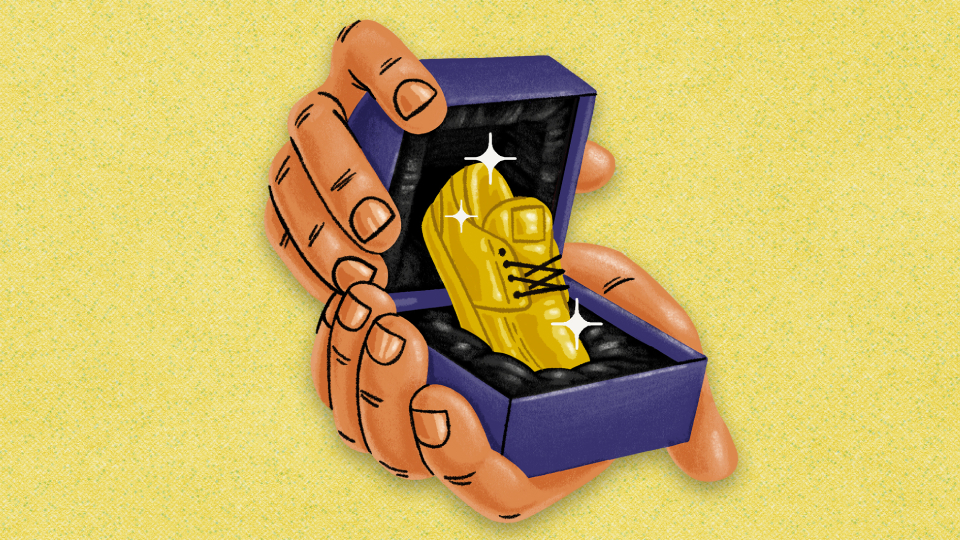 THE RISE AND FALL OF PRO MODEL SKATE SHOES
THE RISE AND FALL OF PRO MODEL SKATE SHOES
While there are still some exceptions, the signature shoe has largely evaporated from the skateboard industry. But, why?
-
 A CHAT WITH LUDVIG HAKANSSON, THE OLDEST SOUL IN SKATEBOARDING
A CHAT WITH LUDVIG HAKANSSON, THE OLDEST SOUL IN SKATEBOARDING
The man loves to read Nietzche, skates in some expensive vintage gear, and paints in his own neoclassical-meets-abstract-expressionist style.
-
 A LOOK THROUGH THE GLASSES OF VINCE PALMER, AKA CHICKEN LITTLE
A LOOK THROUGH THE GLASSES OF VINCE PALMER, AKA CHICKEN LITTLE
Get to know the 18-year-old German repping Baker and Supreme in Milan.
-
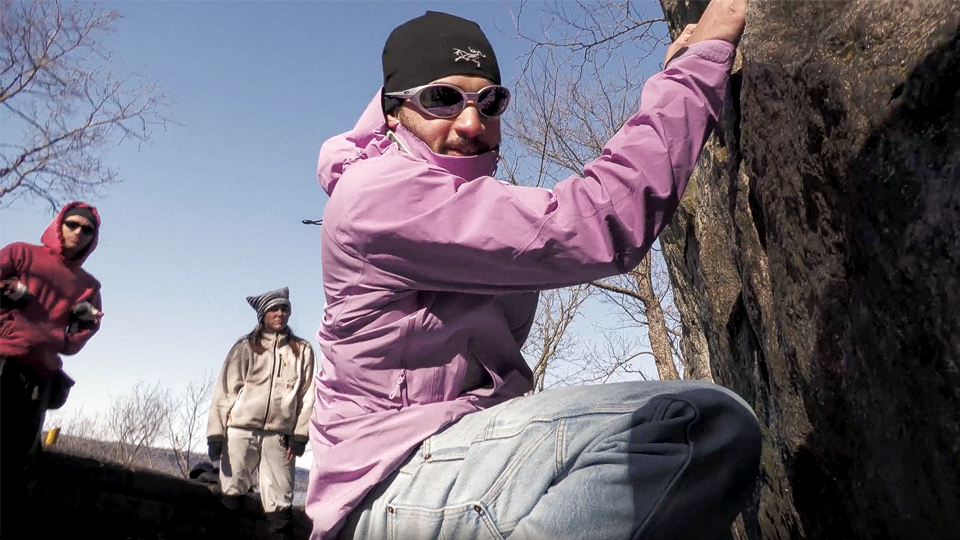 WHO ARE THE SKATERS RESURRECTING ROCK CLIMBING IN UPPER MANHATTAN?
WHO ARE THE SKATERS RESURRECTING ROCK CLIMBING IN UPPER MANHATTAN?
We met up with Joel Popoteur, an employee at Supreme and long-time skater to learn about his outdoor movement.
-
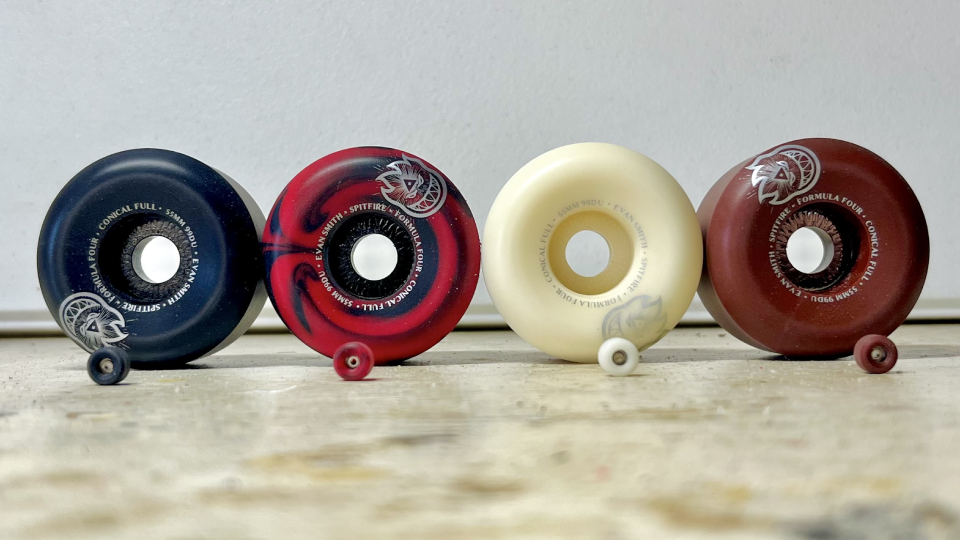 GOT OLD WHEELS? THIS GUY IS MAKING MINI FINGERBOARD REPLICAS WITH THEM
GOT OLD WHEELS? THIS GUY IS MAKING MINI FINGERBOARD REPLICAS WITH THEM
Honey, I Shrunk The Spitfires.

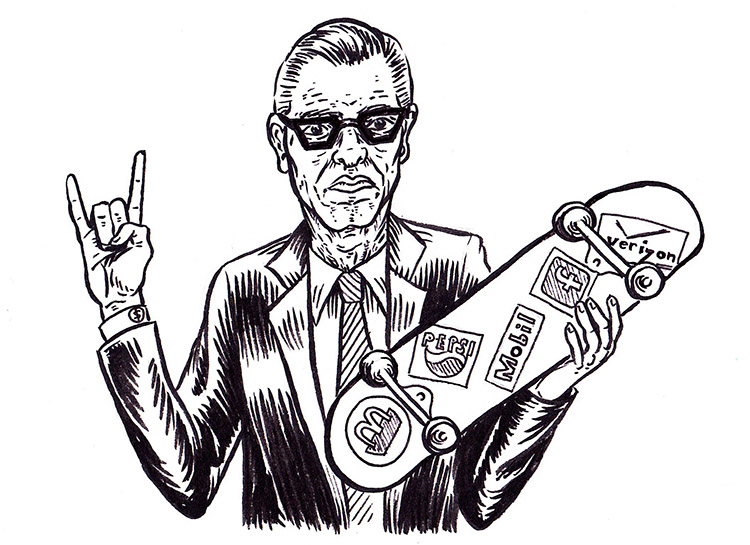
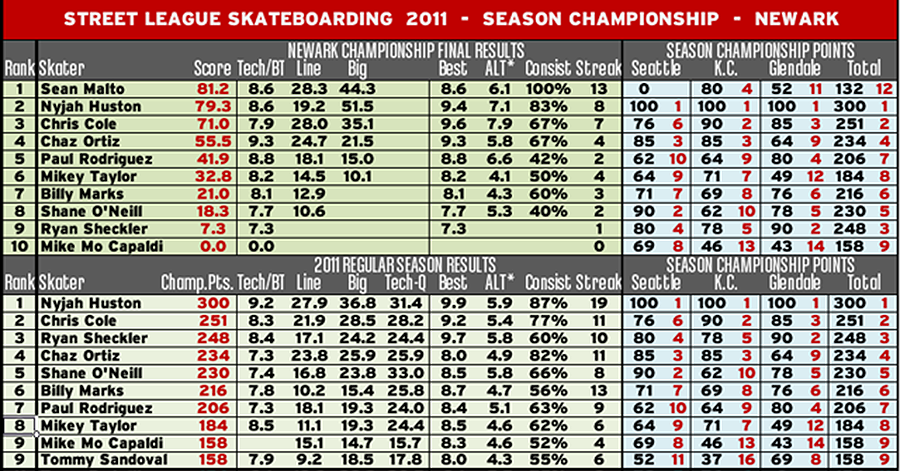
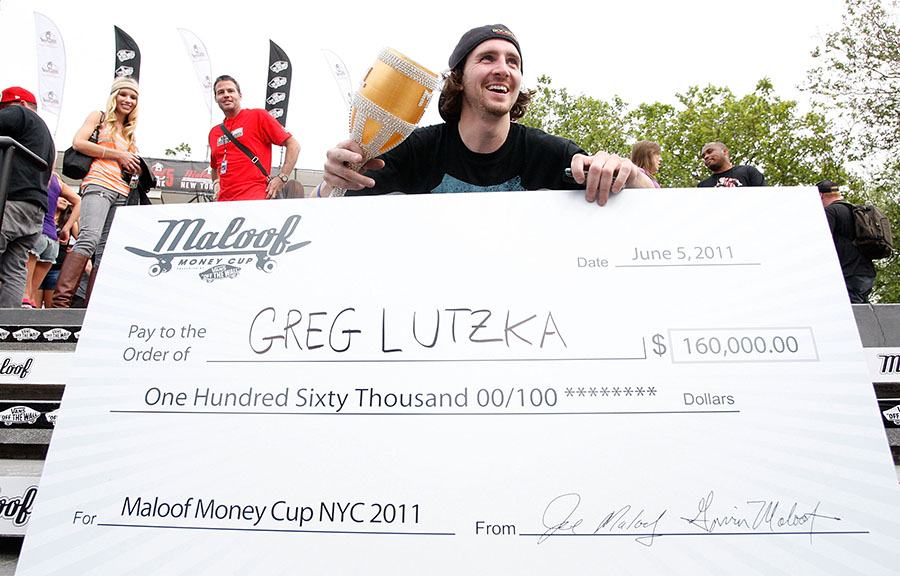
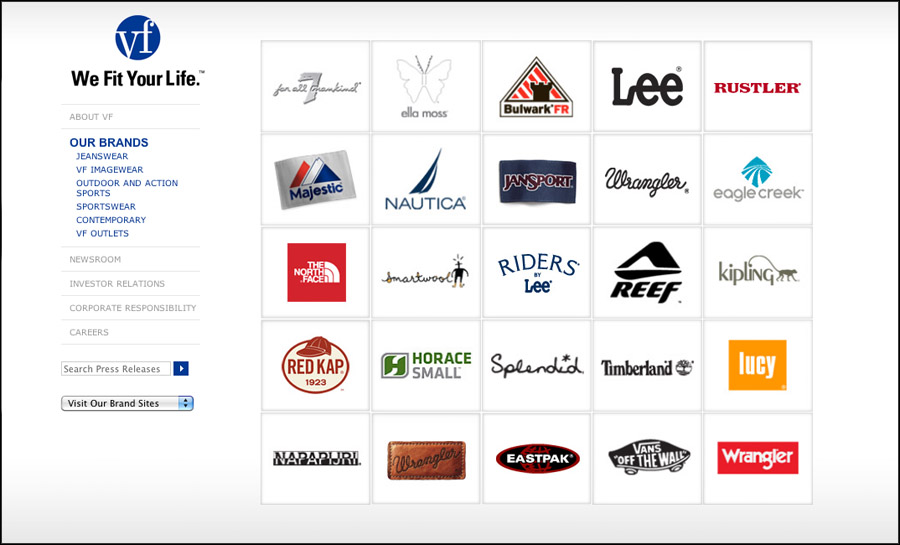
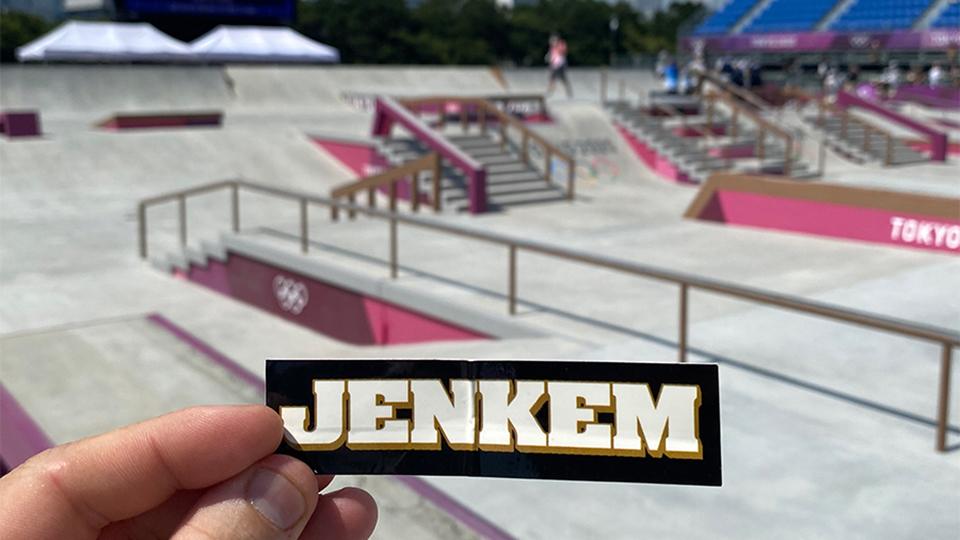

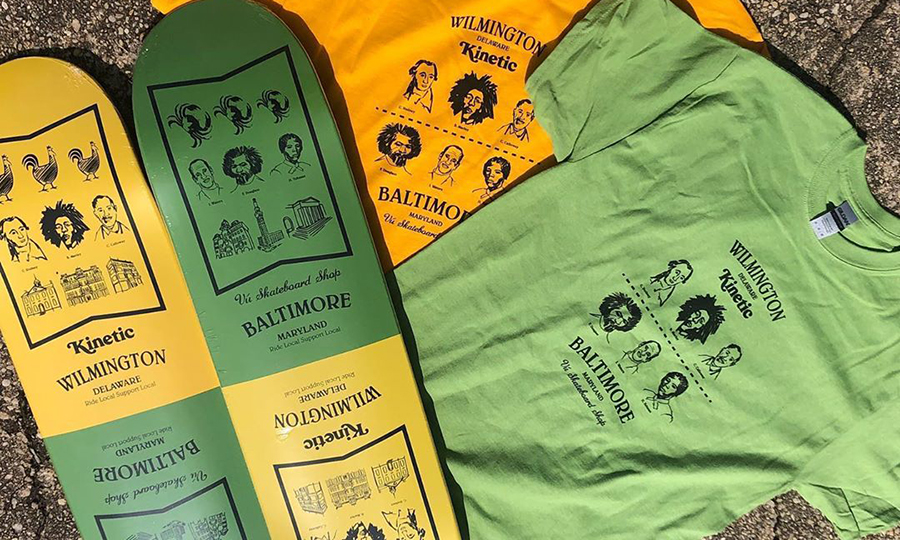

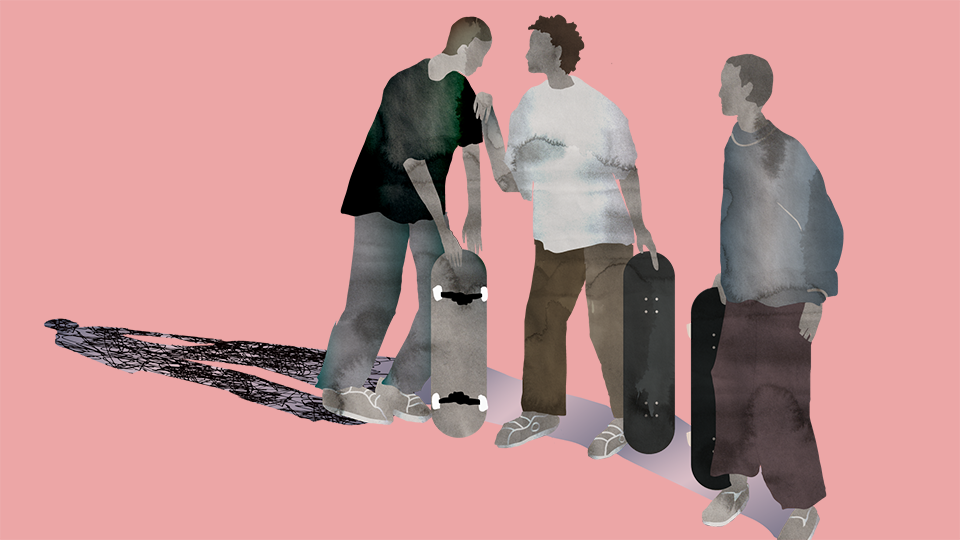
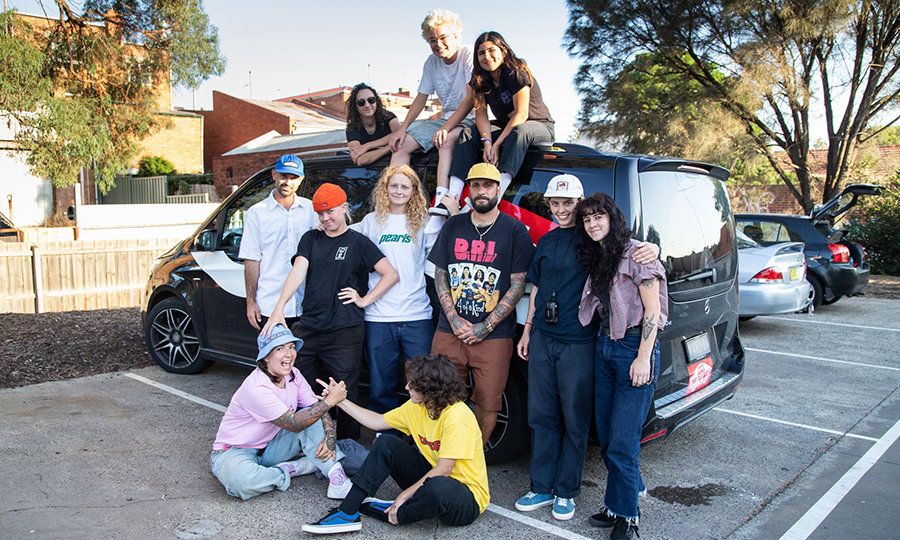
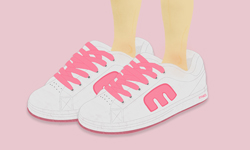

November 30, 2012 7:54 am
as a regular skater, whos not sponsored or anything, i don’t understand why i should give a fuck about whos gonna get the money i spend on shoes and boards and all the other shit. All i wanna do is skate and i dont care about how the pros skate or how all the kids in my skatepark skate, so if everybody wanst to skate like nyjah, i dont see why it would be any of my business. Its not gonna change my way of skating. The skate culture in general might change somehow, but my own skate culture is never gonna change unless i want to do so. I do support my local shop allways and my local board brand occationaly. I think its great when a company like Nike builds a skateparks, and sponsors hundereds of kids around the world with free shoes. Just because the count points in streetleague, doesnt mean you would have to do so.
November 30, 2012 8:16 am
I think that the biggest concern is that people dont buy skate videos anymore. The reason why this is such a bad thing is that the teams are eventually gonna stop making them and just focusing on short one dude internet banger parts, which is gonna lead into the companies only being concentrated on the big names, and reducing the teams to like four or five people thing instead of sponsoring a whole lot of people, cause nobody gives a fuck about some neverheard kids internet part no matter how great it was. This is gonna make it even harder to come up and the variety of different style of skating is gonna go down a lot. i think that every skater should buy every skate video that comes out no matter if your interested in that kind of skating or not. Most movies are from 5 to 10 bucks on itunes so all you have to do is stay sober for a weekend and youve saved enough to buy it.
October 21, 2014 10:30 am
Thank you good sir, DVD’s are essential to keeping skateboarding alive.
November 30, 2012 11:31 am
Nike can suck my dick just solely based on the fact that they expect me to pay 90 dollars for some shoes I’m just going to intentionally destroy within 2 months
November 30, 2012 11:41 am
Great read, and this is definitely a topic EVERY skateboarder should think about. The bottom line is skateboarders themselves, as skaters AND consumers, have the power to define how skateboarding evolves. The more thoughtful we are about making sure we (and the industry) cultivates the creativity and awesomeness instead of predictability and blandness the more vital and important skateboarding will be in the future.
However, the author restates an often stated ‘trueism’ about Starbucks and mom-and-pop coffee shops which is demonstrably inaccurate. Starbucks cultivated and created a consumer culture around coffee which was largely non-existant in the United States. Yes, many great coffee shops have wilted against the agressive expansion tactics of Starbucks, and the choices of consumers *en masse* to patronize Starbucks instead of an independent alternative. But MANY MANY more independent coffee shops in business because of the market for high-end coffee that Starbucks created. Basically, this is a bad analogy to bring to the discussion about corporate interests in skateboarding. Not to mention the fact that skateboarding is a much more creative and vital culture than “coffee”.
Full disclosure: I work for a corporation and I love coffee, and I’ve been skateboarding for 33 years.
December 1, 2012 4:43 pm
Andy,
Thanks for pointing this out. Another reader also pointed out my mistake and forwarded us Slate’s 2007 article on Starbucks (maybe this was you?). I took a little time to look into the situation, and it turns out my specific example about Starbucks was wrong and I wish I had framed my analogy a little differently. The data I gathered about Starbucks from Naomi Klien’s 1999 NO LOGO and unfortunately was a little outdated.
In the case of Starbucks, the company’s method of killing small businesses by entering into their market (after trying to intimidate or buy them out) didn’t work out as planned. After quickly researching the situation, it is my understanding that (please correct me if I am wrong) expensive coffee wasn’t all that common in America and Starbucks helped develop a market for “luxury” coffee, and by doing so Starbucks increased in size by 300%, while the number of independent coffee shops in America also increased by 30% within the same time-period (2000 to 2005). I had no idea that this had happened. Thank you for bringing this to my attention.
Although, I was wrong about Starbucks being able to kill their competition by attempting to over saturate the market, this does not mean the war between Starbucks and the independent store is over. It seems Starbucks has re-grouped, has done a great deal of market research (in the form of ethnographic research), and is preparing for another battle with the independent coffee shops. They are now coming in with the strategy of copying the format of the local cafes’, and are adding in some rational-inefficiencies/quirks. What do I mean by rational-inefficiencies? Think of Cold Stone’s their method of making chocolate brownie ice cream is a little less efficient than say Baskin Robbins which already has it mixed but, but Cold Stone has done so much research and controls the process tightly that their seemingly inefficient/irrational move is very well rationalized and even timed down to the second! (In America from the moment you order until the moment you walk away with you ice cream it should take exactly 103 seconds and 62 if you are overseas.) Additionally, like Applebee’s, Starbucks is now pretending to be your neighborhood cafe (and are even opening under the “stealth” name of 15th Avenue Coffee and Tea). While my original example was outdated/wrong and I wish I would have used a different one or framed it differently, I do not feel this mistake significantly hurts the theses of my article. What does Starbucks’s new stealth, “localized,” and rationalized quirky façade mean for the future of small coffee’s shops? I’m not certain but I’d guess it means another battle between Starbucks and the small shops is coming and Starbucks is coming in with a new strategy that might work this time. (Remember it took Nike 3 attempts to come into skateboarding, and on their last try it was the market research, rationalized-inefficiencies, and Dr. Robert Cialdini’s 6 principles of persuasion that allowed them to break into and dominant the skateboard market.)
Andy I greatly appreciate you and the person on twitter took the time to point out my mistake. Thank you for pointing this out and I wish I would have looked for more recent information on Starbucks when creating my analogy.
Finally, I will write more later but I really appreciate that so many people have taken to the time to read and discuss this article.
References:
http://www.slate.com/articles/news_and_politics/hey_wait_a_minute/2007/12/dont_fear_starbucks.html
http://www.seattlepi.com/local/article/Neighbor-Starbucks-stole-my-ambiance-1305154.php
http://seattletimes.com/html/localnews/2009479123_starbucks16.html
http://articles.chicagotribune.com/2009-07-17/news/0907160961_1_starbucks-super-premium-coffee-coffee-behemoth
http://en.wikipedia.org/wiki/Robert_Cialdini
Suggested readings I forgot to originally list:
George Ritzer’s De-McDonaldization of Soceity,
Pine and Gilmore’s Experience Economy
Mark Gottdiener’s The Theming of America
December 1, 2012 10:56 pm
Andy H.,
Thanks for pointing this out. Another reader also pointed out my mistake and forwarded us Slate’s 2007 article on Starbucks (maybe this was you?). I took a little time to look into the situation, and it turns out my specific example about Starbucks was wrong and I wish I had framed my analogy a little differently. The data I gathered about Starbucks from Naomi Klien’s NO LOGO (the first edition was printed in 1999) and unfortunately the example for my analogy was a little outdated. (Although, as I mention below I don’t think this effects the thesis of my article.)
In the case of Starbucks, the company’s intended method of killing small businesses by entering into their market (after trying to intimidate or buy them out) didn’t work out as planned. After quickly researching the situation, it is my understanding that (please correct me if I am wrong) expensive coffee wasn’t all that common in America and Starbucks helped develop a market for “luxury” coffee, and by doing so Starbucks increased in size by 300%, while the number of independent coffee shops in America also increased by 30% within the same time-period (2000 to 2005). I had no idea that this had happened. Thank you for bringing this to my attention.
Although, I was wrong about Starbucks being able to kill their competition by attempting to over saturate the market, but this does not mean the war between Starbucks and the independent store is over. It seems Starbucks has re-grouped, has done a great deal of market research (in the form of ethnographic research), and is preparing for another battle with the independent coffee shops. They are now coming in with the strategy of copying the format of the local cafes’, and are adding in some rational-inefficiencies/quirks. What do I mean by rational-inefficiencies? Think of Cold Stone Creamery, their method of making chocolate brownie ice cream is a little less efficient than say Baskin Robbins which already has it mixed but, but Cold Stone has done so much research and controls the process tightly that their seemingly inefficient/irrational move is very well rationalized and even timed down to the second! (In America from the moment you order until the moment you walk away with you ice cream it should take exactly 103 seconds and 62 seconds if you are overseas.) Additionally, like Applebee’s, Starbucks is now pretending to be your neighborhood cafe (and are even opening under the “stealth” name of 15th Avenue Coffee and Tea). While my original example was outdated/wrong and I wish I would have used a different one or framed it differently, I do not feel this mistake significantly hurts the thesis of my article. What does Starbucks’s new stealth, “localized,” and rationalized quirky façade mean for the future of small coffee’s shops? I’m not certain but I’d guess it means another battle between Starbucks and the small shops is coming and Starbucks is coming in with a new strategy that might work this time. (Remember it took Nike 3 attempts to come into skateboarding, and on their last try it was their insidious market research methods and Dr. Robert Cialdini’s 6 principles of persuasion that allowed them to break into and dominant the skateboard market.)
Andy, I greatly appreciate that you and the person on twitter took the time to point out my mistake. Thank you for bringing this to my attention and I wish I would have know Klien’s information was outdated when I created my analogy.
Finally, I will write more later, but I really appreciate that so many people have taken to the time to read and discuss this article (whether they agree or disagree, I feel it is a discussion worth having). I hope this article helps us all take a step back figure out what aspects of skateboarding that make it so appealing to us and figure out how to ensure these aspects live on within the culture.
References: http://www.slate.com/articles/news_and_politics/hey_wait_a_minute/2007/12/dont_fear_starbucks.html http://www.seattlepi.com/local/article/Neighbor-Starbucks-stole-my-ambiance-1305154.php http://seattletimes.com/html/localnews/2009479123_starbucks16.html http://articles.chicagotribune.com/2009-07-17/news/0907160961_1_starbucks-super-premium-coffee-coffee-behemoth http://en.wikipedia.org/wiki/Robert_Cialdini
Suggested readings I forgot to originally list:
George Ritzer’s De-McDonaldization of Soceity,
Pine and Gilmore’s Experience Economy
Mark Gottdiener’s The Theming of America
August 21, 2019 3:54 am
Is that you Andy Howell? Big fan loved your book.